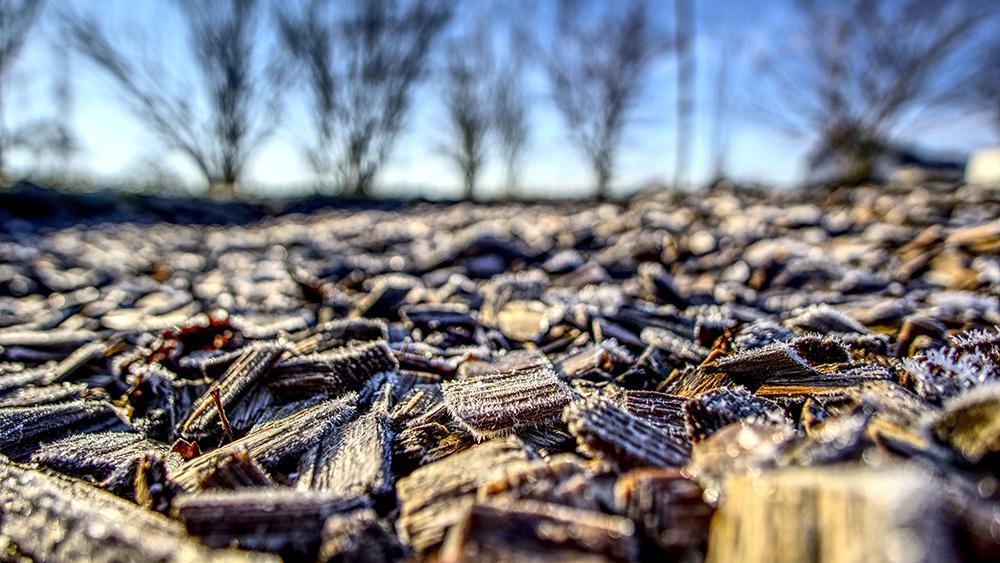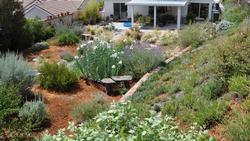Everything You Need to Know About Mulch

What is mulch?
Mulch is material placed on top of soil to cover and protect it, improve soil structure and fertility, and enhance the area’s overall appearance. Mulching mimics the natural environment found in forests where leaves and branches blanket the soil surface, replenishing nutrients as they decompose and creating an ideal environment for root growth.
Why use mulch?

• Conserves moisture by slowing evaporation
• Moderates soil temperature
• Impedes growth of weeds
• Helps reduce erosion
• Adds organic matter as it breaks down
• Improves soil structure, fertility, and aeration
• Increases water absorption and retention
• Prevents soil compaction by reducing foot and vehicle traffic
• Makes surface areas more attractive
Types of Mulch Materials
There are three distinct groups of mulch materials - organic, inorganic, and synthetic.
Although not technically considered mulches, landscape fabrics are often used as a barrier between the soil and mulches.
Compare mulches:
To learn more about specific materials, see this chart with benefits and concerns about mulch materials.
DROUGHT GARDENING: THE IMPORTANCE OF MULCH
